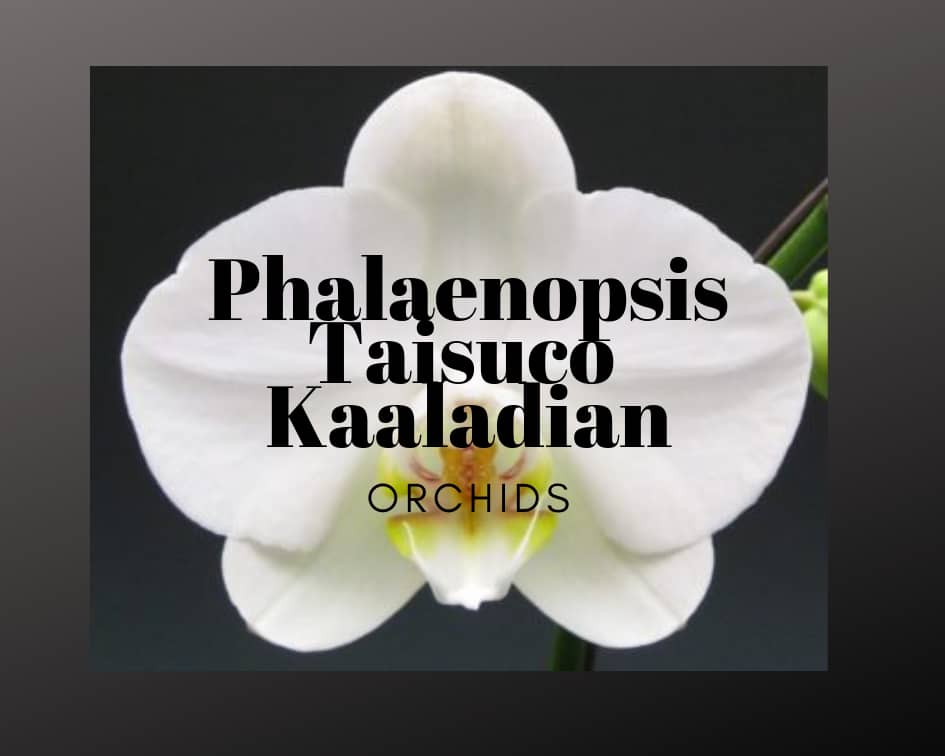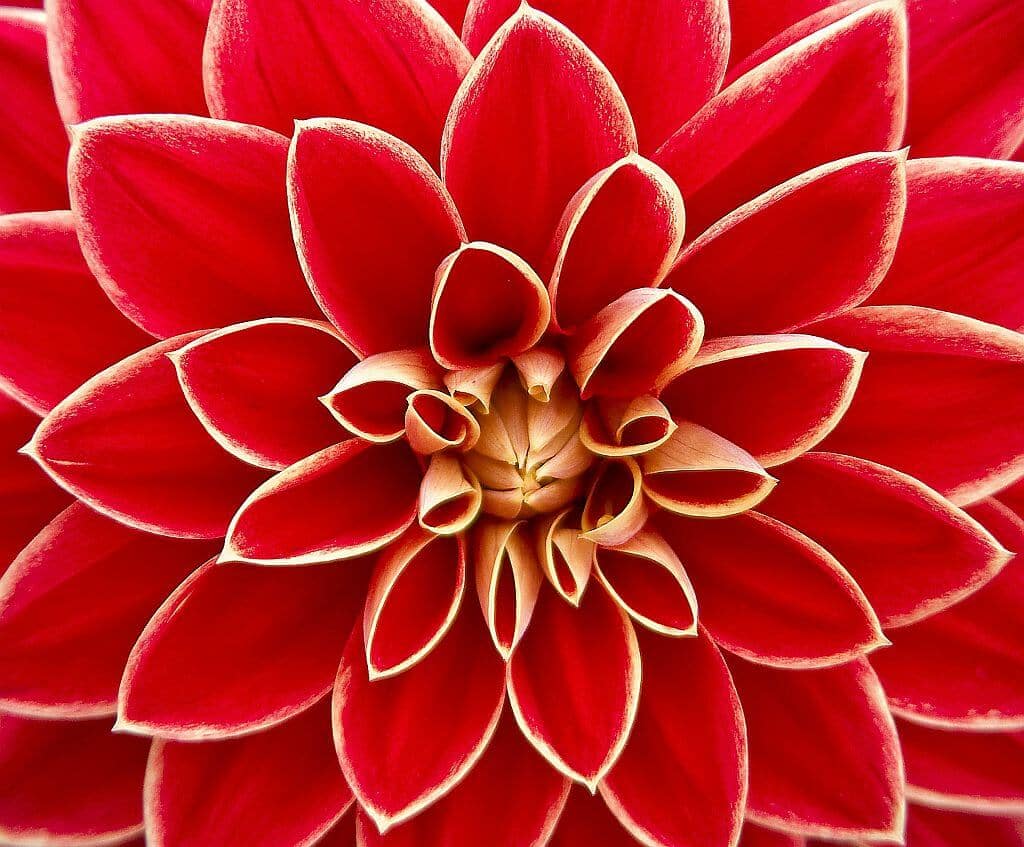This post may contain affiliate links. As an Amazon Associate we earn from qualifying purchases.
Taking care of orchids isn’t as challenging as many think. Make them feel like they’re back home and you’ve won half the battle.
If only one orchid species existed, it would be easy to find general care requirements for it. The fact is, there are 30,000 orchid species from different parts of the world with various requirements.
While most orchids are tropical in nature, some are from more arid regions and some thrive at higher elevations with cool temperatures. It’s important to know which species of orchid you are growing to provide it with the best care.
That said, we get so many requests from readers who ask, simply “How do I take care of an orchid?” Hopefully, you know which type of orchid you have. For instance, you can learn how to care for dendrobium, here.
Otherwise, read on for tips on care of orchids in general (and some specific types).
What you’ll need to take care of orchids:

What type of soil do orchids like?
Grow terrestrial orchids, such as some types of cymbidiums, in a mixture of potting soil and sphagnum peat moss.
The epiphytes, which include most species, should never be grown in soil, but in a loose bark medium. A commercial mix labeled for orchids is suitable.
Light and temperature requirements
Pay very close attention to the orchid’s light requirements. Direct sun will burn the plant, not enough light will shut down flower production.
Place oncidiums and cattleya orchids in an area with bright light and paphiopedilum and phalaenopsis at least three feet away from a sunny window.
The experts at Gardener’s Supply suggest that orchids with leathery leaves typically need more light than those with more succulent leaves.
As a general rule of thumb, filtered sunlight is sufficient for most common orchid varieties.
Again, temperature requirements depend on the type of orchid you’re growing. Many of the more commonly-grown species will do well in the average home interior temperature.

Another rule of thumb is to provide daytime temperatures from 75 to 85 degrees F and provide overnight temperatures between 60 to 65 degrees F.
Water your orchid
Avoid overwatering the orchid that has thick pseudobulbs – the swollen area at soil level. Allow the planting medium to dry out somewhat before drenching it.
Orchids that lack pseudobulbs should be watered more frequently and grown in a medium that contains sphagnum peat moss to help it retain moisture.
Keep the paphiopedilum and phalaenopsis orchids in a room with high humidity and temperatures between 73 and 85 degrees, Fahrenheit.
Dendrobium and cymbidium orchids prefer cooler temperatures – 55 to 70 degrees. They also need good air circulation, so don’t crowd them and place a fan nearby.
Cattleya orchids prefer 80 percent humidity and temperatures between 75 and 80 degrees in the daytime, with a 10-degree drop at night.
Many orchids require humidity. See our tips on providing humidity for houseplants.

Feeding your orchid
Orchids in the wild get their nutrition mainly from the air, some from moss, rain water, some even from their own tissue.
As you can then imagine, suggesting one commercial fertilizer for use on all cultivated orchids is challenging. Cattelyea’s, for instance, require a monthly feeding with a 25-9-9 fertilizer (this one from Jack’s Classic will work).
Some growers we know use a standard, balanced fertilizer and the American Orchid Society (AOS) recommends 20-20-20 with trace elements included.
Our favorite orchid fertilizer was created by the experts at Michigan State University and it’s available at Amazon.com.
If you’re unsure which type of orchid you’re growing, fertilize it once a week or bi-weekly during the growing season, but dilute the fertilizer to ¼ the strength recommended on the label. Always apply to a wet growing medium and water again the next day.

Why isn’t my orchid blooming?
One of the main reasons an orchid refuses to rebloom is that it’s not getting enough light. Experts at the AOS suggest that if the orchid’s leaves are lush, rich and dark green (what we typically seek in our houseplants), it’s not getting enough light.
The ideal leaf color for most orchids is closer to a “grassy green (light or medium green with yellowish tones),” according to the AOS.



